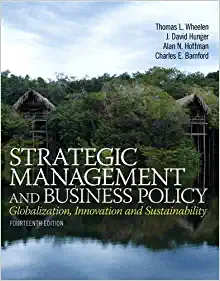


Answer the following questions
Question 5 1 pts Germany produces agricultural and manufactured products. When Germany engages in free trade, it starts exporting manufactured products. What are the predictions of the Ricardian model on changes in rental rates? 0 None of the other three upons 0 Real rental rates decrease in manufacturing sector and increase in agricultural sector 0 Rental rates are not affected by the transition to free trade 0 Real rental rates increase in manufacturing sectorand decrease in agricultural sector Question 6 1 pts Italy produces cars and ham. It uses labor and capital as production inputs. Italy engages in internaonal trade and starts exporting ham, a labor-intensive good, at the trade equilibrium. In the long run. Italy will experience 0 increase in real wages and decrease in real rental rates 0 decrease in real wages and real rental rates 0 increase in real wages and real rental rates 0 decrease in real wages and increase in real rental rates Question 7 1 pts The Stolper-Samuelson theorem predicts that when a capital-abundant country opens to trade 0 Capital owners and workers will be better off 0 The real return on capital will increase 0 The real wage in this country will increase 0 Relative factor prices will not change Question 8 1 pts In the US, 30 thousand people are employed in whiskey production and 200 thousand people in motorcycle production, which is capital intensive. After opening up to trade, in the long run US economy-wide relative demand for labor 0 converges to the relative labor demand curve of the motorcycle pmducon industry 0 converges to the relative labor demand curve of the whiskey production industry C) may follow any of the other three options 0 remains where it was D Question 9 1 pts In the Heckscher-Ohlin model O trade patterns are determined by productivityes of trading countries O there is a fixed amount of capital in each industry O countries have the same technologies, but different endowments of capital and labor O countries are characterized by identical preferences, but different technologies D Question 10 1 pts Effective factor endowment is O the amount of factor available in a given country multiplied by the productivity of this factor O the amount of factor actually employed in production O the productivity of a factor in a given country O the amount of factor available in a given country












